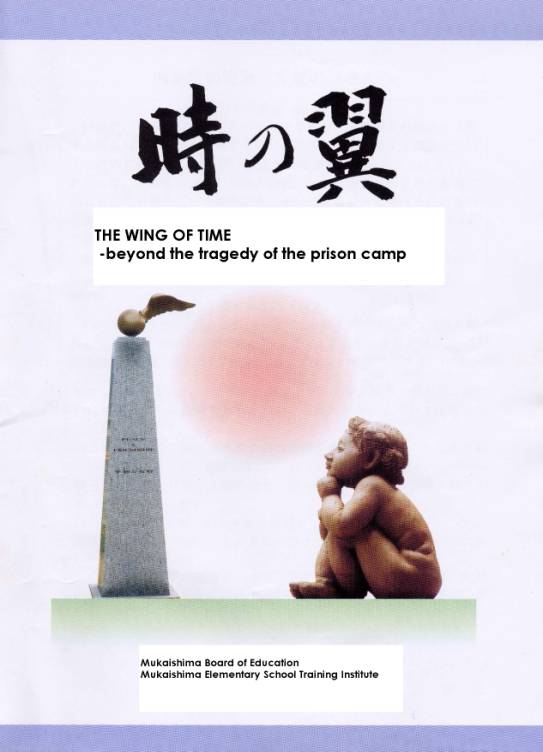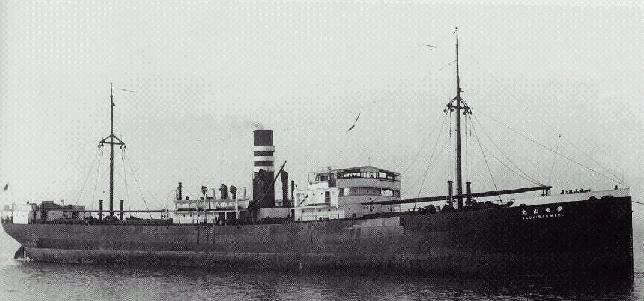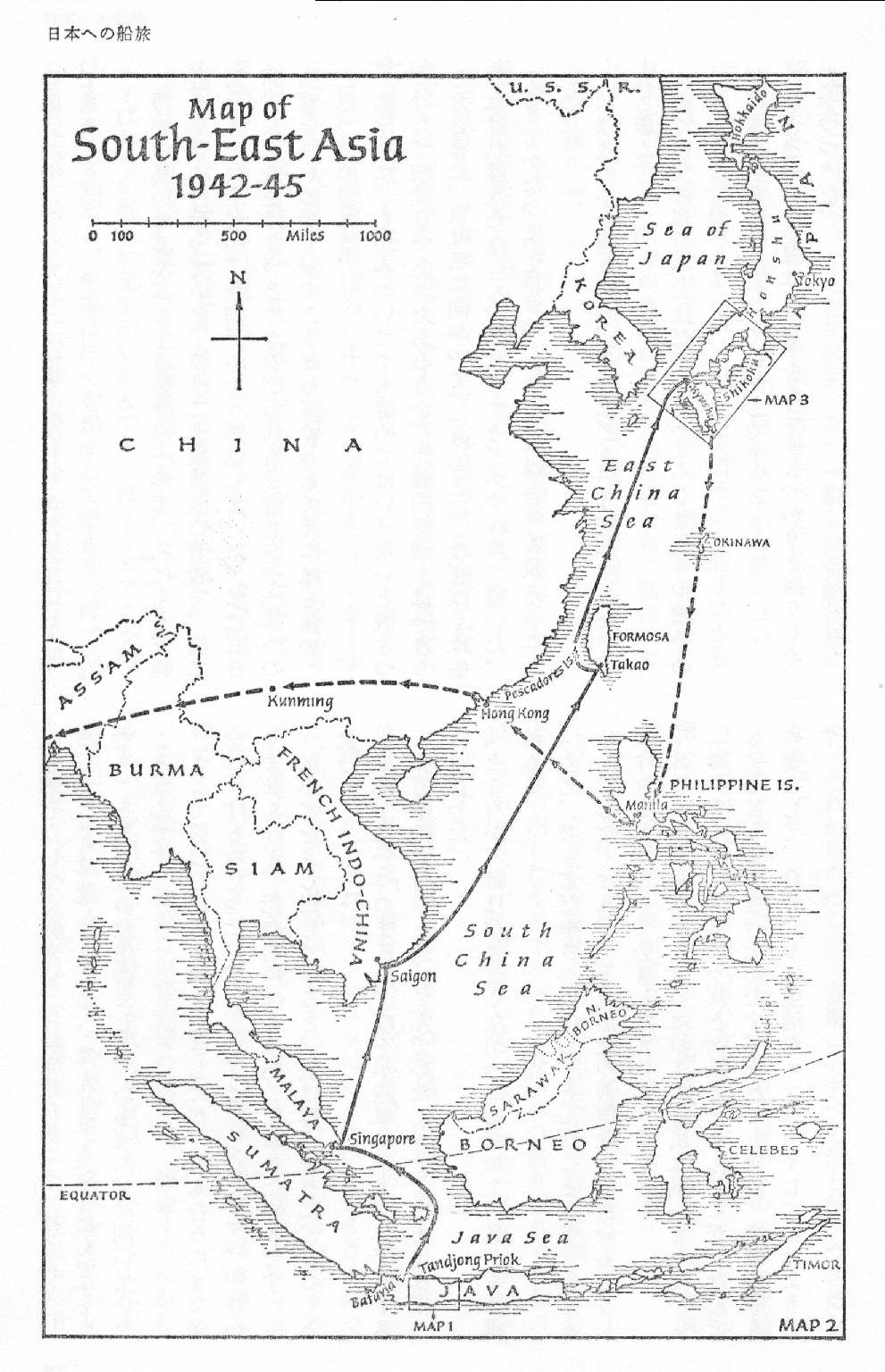
Foreword
To the children
and students of Mukaishima,
|
THE CONSTITUTION OF JAPAN (Excerpts) |
| THE
FUNDAMENTAL LAW OF EDUCATION
(Excerpts)
|
The result of the invaluable but severe lesson the we, Japanese, learned through World War II, which changed everything, was the Constitution of Japan and the Fundamentals of the Education Act.
In order to realize the lofty ideals of
these documents, we all need to move forward in the study of peace.
War uproots human life which is more
precious than the earth, and scrambles the right to live abundantly.
We must, first of all, face up to these
facts. Actually, one of these World War II facts is
close to us right here in Mukaishima.
At this time, teachers from the Social
Study Group of the Mukaishima Elementary School
Training Institute have taken advantage of the establishment of the
I hope you will make good use of this book
so that you may live in the 21st century free from war.
Thank you.
―――――Katsuhiko Hayashibara, Superintendent of Education, the Mukaishima Board of Education
C o n t e n t s
Page1
1. The Peace and Friendship Ceremony
Page2
During
Page3
In 1988, 53 years after
the war, about 20 British people including some ex-POWs visited the site of the
former Mukaishima prison camp. This led to the
movement among some townsfolk to construct a monument for peace and friendship
between
Both Japanese and British national anthems were performed by the Onomichi Fire Brigade Band, and the unveiling ceremony for the monument was held. The monument “Wing of Time” engraved with the words “Peace & Friendship” was unveiled by Mr. Carter and other committee members. As he was making his speech at the ceremony, Mr. Carter seemed to gaze into the distance. What then was he looking at and how did he feel?
Page4
2. The Prison Camp in Mukaishima
Mr. Carter who was taken prisoner:

DainichiMaru
On December 13, the Japanese
military forces began to attack the Malay Peninsula and Java in
In October, 1942, a cargo ship with
British POWs including Mr. Carter on board left for
The British POWs were packed into the hold
(the part of a ship below deck where goods are stored) of the ship, so they
could not move freely.
Page5

November 11 witnessed the first death
among them. Thereafter, the death toll increased progressively, and when the
ship arrived at
In November 1942, when the weather was
becoming severely cold in the morning and evening, the ship finally arrived at
the
Page6
The prison camp where Mr. Carter lived:
The prison camp where Mr. Carter lived was in Mukaishima. Now there is a redbrick factory with jagged roofs built on the site at Kaneyoshi, Mukaishima. It is the building of the present Mukaishima Spinning Company. This building, constructed in 1918, was used as “Yahata Tentative Prison Camp Mukaishima Substation” from 1942 and towards the end of the war it was renamed “Hiroshima Prison Camp No. 4 Substation.” The prison camp was enclosed by a two-meter-high fence.
Page7
The walls of the barracks were made of
brick, but the rooms inside were of rough wood and they were unpainted inside
and outside. The roof of the barracks was of wood covered with fireproof
sheeting. In order to avoid air raids and to have the camp identified easily,
the roof had huge letters “POW”
written clearly on it to be seen from the sky above.
According to the sources, on November 27,
1942, 100 British airmen were brought from
They were forced to work in a country where they did not understand the language. They were spending everyday in uncertainty here in “Hiroshima Prison Camp No. 4 Substation” at Kaneyoshi, Mukaishima, feeling “What will become of us? And how long will this ordeal last?”
Page8
Life in the prison camp:
The prison camp where
Mr. Carter lived only had a few dim, naked light bulbs. Whenever the air-raid
alarms were sounded, all lamps were put out, and it became pitch-black
throughout the camp. There was no heating system. When winter came, all the men
shivered with cold everyday.
They washed their faces and hands with water, which was pumped up from the wells. There was a big wooden bathtub in which ten men could bathe at one time. They were only allowed to bathe twice a week.
Page9
Meals at the prison camp:
There was a kitchen house near the
barracks. British or American cooks prepared the meals in large pots for all
the men and they shared them. The men appeased their hunger with a soup which
consisted of a small quantity of rice, beans, or barley and whatever vegetables
were in season. Each man received from 350 to 700 grams of food per day,
depending upon the character of the work being done. The degree of work was
classed as heavy work, light work, and non-work (sick). Non-workers would draw
only 350 grams. The quantity of the meals was not enough for an adult to live a
day. The quality of them was extremely bad and can not to be compared with
present ones.
Upon the arrival of the POWs at this Hiroshima Prison Camp No. 4 Substation (Mukaishima Prison Camp) on November 27, 1942, they were issued with one cap, one shirt, one pair of trousers and one pair of canvas shoes with rubber soles. In December, 1944, they were issued with a Japanese army winter uniform and overcoat. They were not given any more clothes. Therefore, the men had to continue to wear the same clothes, even when they were worn to tatters.
Page10
Work at the prison camp:
After roll call at the camp, the men
marched in line to the factory (Hitachi Shipyard) every morning, and came back
in the same way in the evening. Some children showered nasty language on them
or threw stones or sticks at them.
They worked at the dockyard cleaning
ships, hauling lumber and supplies, welding, doing black-smith work and general
shop labor. These workers were paid a small daily wage. Under poor working
conditions, being exposed to the cold or rainy weather and being forced to work
in dangerous places they found everyday hard. And in addition there was
inadequate protection against the air raids by the American forces. The
shipyard was obviously a military target and very dangerous.
Their only pleasure was playing cards or reading books on Sundays, on which there was no work. Although the sick men could not easily go to the hospital, the officer strongly requested that those men who had eyes, ears, or teeth trouble could rest from their work. Some of them went to Tsuchido, Onomichi to see doctor, or an optician.
Page 11
Mr. Carter’s
attendance book showed the last date of August 15, 1945. That meant that the
war was over and he was no longer a POW. During about three years between
November 27, 1942 and the end of the war on August 15, 1945, 23 British men
died in Mukaishima. As mentioned before, in addition
to unbearable conditions on the transportation ship during the voyage to
Page 12
After the end of the war, on August 15, 1945, American airplanes
appeared in the sky over Mukaishima. Food, clothes, and medical supplies were
dropped toward the "POW" sign on the roof of the prisoner-of-war camp
using parachutes. On September 12,
1945,193 prisoners of war were released from the Hiroshima POW Camp 4th
Division in Mukaishima. They took the train from Onomichi station, went through
Page 13
Striving for Peace
A plaque commemorating
history:
After the community of Kiwa-cho, Mie prefecture, erected a tombstone and held a memorial
service for British POWs, former British soldiers organized a group to visit
Page 14
After this 40 Mukaishima townsmen held a
welcome party in a hotel in Onomichi. A chorus group, The Singing Island Mixed
Chorus, from Mukaishima greeted the guests by singing
British folk songs and other songs.
This event led to a movement to build a monument to witness the
peace between
In 2002, a plaque, commemorating the 23 British soldiers who died at
the Mukaishima POW camp, was installed on the wall of
Mukaishima Spinning Company’s
building to pledge for an eternal peace in the world.
The monument with the names of those who died is made of stainless
steel. Its size is 2.9 meters high
and 2.5 meters wide. It was designed by the architect, KazuyosiHosoya, who grew up in Mukaishima
and currently lives in
Page 15
A park was built based on the
theme “Time”:
The Town of
This commemorative ceremony was attended by the Mayor of Mukaishima, and many other townsmen who cooperated to build the monument. In addition, 22 British people, led by Ms. Keiko Holmes, came to Mukaishima to attend the ceremony.
Page 16
Mr. Brown, the clerk from the British embassy, and officials of the
Ministry of Foreign Affairs also participated in this ceremony.
This park has an outdoor clock as well as the monument. In addition, an English Oak, a kind of a
beech tree, was planted to commemorate peace and friendship. (It has been transplanted to
Page 17
The Peace and
"Peace and friendship" is written in Japanese calligraphy
on the monument in the park. On the
top of the monument, there is a bronze statue titled "Wing of Time"
made by a sculptor, Hideyuki Takahashi, from Mukaishima. The following poetry is inscribed on the
monument.
|
Wing of Time Time flows, and in that flow, Moment by moment. Time gathers up all our joys All our griefs Sometimes even the memory of them. But for us One memory remains That Time can never wash away. |
Page 18
The on the glass ceiling of the
outdoor clock, you will find the following poem.
But it sometimes comes back to us.
We are remembered by the time
That is our existence in this world.
Page 19
Epilogue
World
War II was the worst event in the 20th century. Many Japanese lives were lost in air
raids and atomic bombs by the U.S. Air Forces. At the same time, many foreign
people lost their lives at the hands of the Japanese Armed Forces. The tragedy of the War is not limited to
these well-known facts.
Prisoner-of-war camps are another of the tragedies. We guess most of the readers did not
know about the camp before reading this book. Not to say that a camp existed in Mukaishima where we spend most of our time...
The story in this book is not a "folktale." It is a "fact" which actually took place about fifty years ago. Only by remembering the "fact" can we build a solid peace and friendship in the future,
Page 20
Even though “Time Mini Palco“ is a very small park built on the theme of “time” of past, present, and future, our “wish” and “passion” is magnificent; they are embedded in the sculptures “children” and “Wing of Time.” Now we are living in the 21st century. Unfortunately, many disputes and wars still exist in some parts of the world. Tragedies from wars remain the same. To make the future, in which you will survive, an era in which no war exists, we encourage you to ask what you can do for your future.
Page 21
Reference Materials |
Page 22
Main chronology related to the prison camp in Mukaishima
|
Year |
Date |
Main Events |
|
1902 |
Jan. 30 |
The British Foreign Minister Lansdowne and
the Japanese Minister Hayashi at St. James’s conclude an agreement of the Anglo-Japanese Alliance. |
|
1921 |
Dec. 13 |
The Washington Conference, naval
disarmament treaty is signed. A Four-Power Treaty is also signed between the |
|
1941 |
Dec. 8 |
The Japanese navy makes a surprise attack on
|
|
Dec. 13 |
The
Japanese forces go ashore on the |
|
|
1942 |
Mar. |
The Japanese Military invades |
|
Oct. 22 |
A 3000-ton cargo ship “Yoshida Maru” with 2,500 POWs on board leaves TanjeongPriok. |
|
|
Oct. 25 |
Arrives at |
|
|
Oct. 30 |
A 5,800-ton cargo ship “Dainichi Maru” leaves
for Moji. Some survivors from other sunken ships join this ship. |
|
|
Nov. 3 |
Arrives at Jacques, |
|
|
Nov. 11 |
POWs who died on board the ship are buried
at sea. |
|
|
Nov.12 |
Arrives at |
|
|
Nov. 24 |
Anchors off Moji. |
|
|
Nov. 26 |
The POWs disembark at Moji wearing the
same shirts and shorts as when they left Java. |
|
|
Nov. 27 |
Some of the POWs are transferred to Onomichi by train. |
|
|
Of them, 100 British POWs are transferred
to Mukaishima. |
||
|
1944 |
Sep. 7 |
116 American POWs are transported to Mukaishima from |
|
1945 |
Aug. 15 |
|
|
Sep. 12 |
193 American and British POWs are
liberated. |
|
|
1984 |
Apr. 16 |
Ex-British POW Hugh S. Harper visits Mukaishima. |
|
1998 |
Nov. 5 |
Ex-British POW Norman Widlake
visits Mukaishima. |
|
2001 |
Oct. 10 |
Ex-British POW John Ovens visits Mukaishima. |
|
2002 |
Mar. 18 |
The Memorial Plate at the former Mukaishima Prison Camp is unveiled. |
|
Mar. 19 |
Ex-British POW Alfred Carter attends the
unveiling ceremony for “Peace & Friendship Monument” at the Time Minipark. |